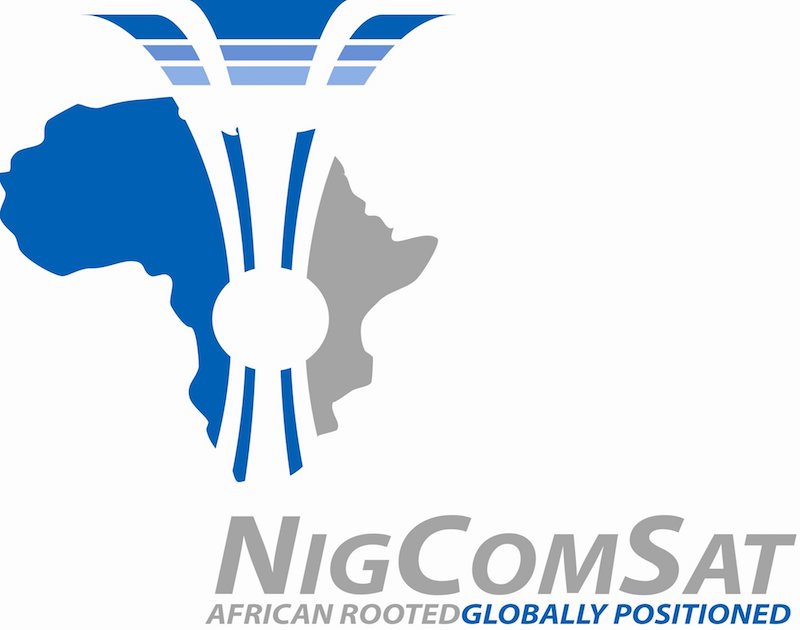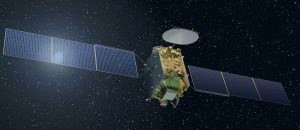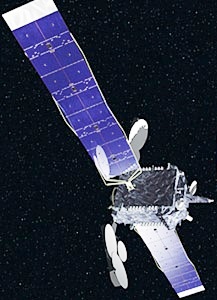The technical bids for the building and launch of a High Throughput (communications) Satellite, HTS, for Nigerian Communications Satellite ltd, (NigComSat ltd,) Nigeria, have been opened.

The opening of the technical bids is part of the procurement process which NigComSat ltd says it is determined to make most transparent.
NigComSat ltd advertised a pre-qualification bid invitation for the new HTS project on 15 March, 2021. The invitation covers the bid for design, manufacture, launch, in-orbit test and commissioning of the High Throughput communications satellite.
NigComSat ltd wanted the Expression of Interest, EOI, to attract bidders that can demonstrate requisite technical know-how, experience as well as the capacity to offer financing options and facilitate the commercial deployment of the satellite applications.

The closing date for the bid was 11 am, 6 April, 2021 and it was planned that the pre-qualification documents were to be opened immediately in NigComSat Ltd Auditorium, Abuja, in the presence of professional bodies, Civil Society Organisations and transparency and anti-corruption campaigners.
NigComSat ltd says shortlisted firms will be contacted at a later date for collection of Request for Proposals.
In line with world’s best practice, the Managing Director, Dr Abimbola Alale, told Science World that “not much can be said until the process is concluded so that it is not compromised.”
High Throughput satellites are a new generation of satellites that offer up to 20 to 100 times the same amount of allocated orbital spectrum than conventional communications satellites.
This means that costs per Bit are reduced significantly with more bandwidth, better performance, high-speed broadband service to meet unprecedented data demands and options for frequency re-use.
The new communications satellite, planned by NigComSat ltd is all part of its Vision to be a leading satellite communications solutions provider in Nigeria and Africa.

The new HTS will work alongside Nigeria’s only communications satellite, NigComSat-1R, which is a conventional communications satellite, with a design life of 14 years that will expire in 2025.
If Nigeria completes this project early enough, it will be the first HTS in Africa. All such satellites with footprint over Africa are owned by foreign international corporations like Eutelsat and Amos-17 HTS satellite.

Eutelsat’s Konnect HTS was launched in January, 2020 and the company plans to launch five more of such satellites in three years time.
NigComSat-1, a large geo-stationary satellite weighing 5,150 kg (11,350 lbs), launched on 13 May, 2007 is the first communications satellite in Nigeria and Sub-Saharan Africa.

It developed a solar array deployment assembly problem and de-orbited on 11 November, 2008.
A replacement, NigComSat-1R, was launched on 19 December, 2011 on the same orbital slot of 35,786 kilometres, 42.5 degrees east, on the plane of the Equator.
Both satellites were built by the China Academy of Space Technology, CAST, and launched by the China Great Wall Industry Corporation, CGWIC, with the Long March 3B rocket from Xichang Satellite Launch Centre in Sichuan province, China.
NigComSat-1, Nigeria’s first communications satellite, only comes after Egypt’s Nilesat-101 and 102 communications satellites in Africa.
Nilesat-101, weighing 1,666 kg (3,673 lbs) was launched on 28 April, 1998 as the first communications satellite in Africa; while NileSat-102, weighing 1,827 kg (4,028 lbs), launched on 17 August, 2000 was second.
The first African satellite is South Africa’s Sunsat, an Earth Observation micro-satellite weighing 64 kg. It was built in the University of Stellenbosch, South Africa, and was launched on 23 February,1999 in the Vandenberg Air Force base, California, US, as secondary payload on a Delta 11 rocket.
Nilesat-101 and Nilesat-102 were built by Matra Marconi Space, a European company, and launched with Ariane-4 rockets from Kourou, French Guiana, by the European Space Agency.











